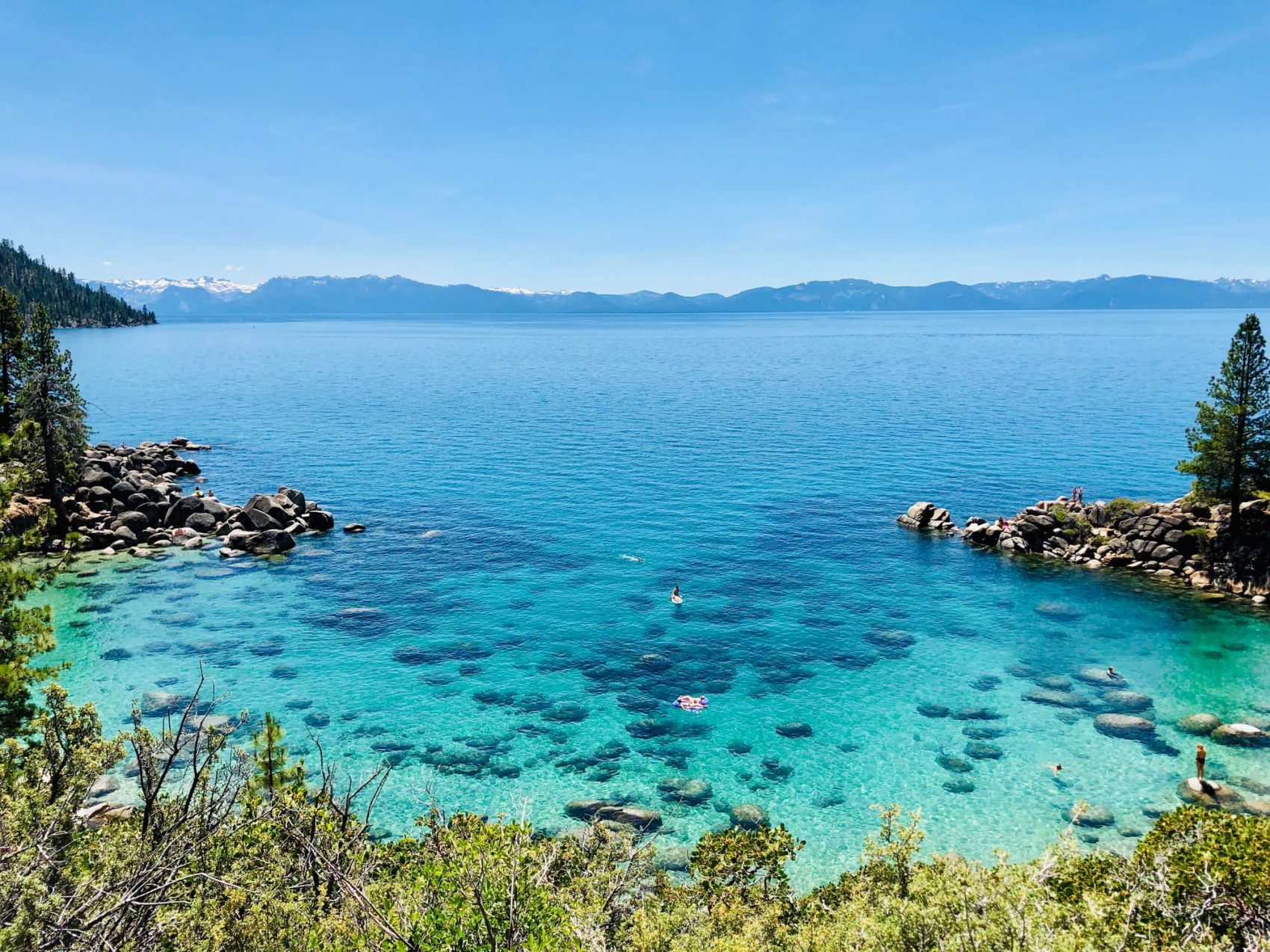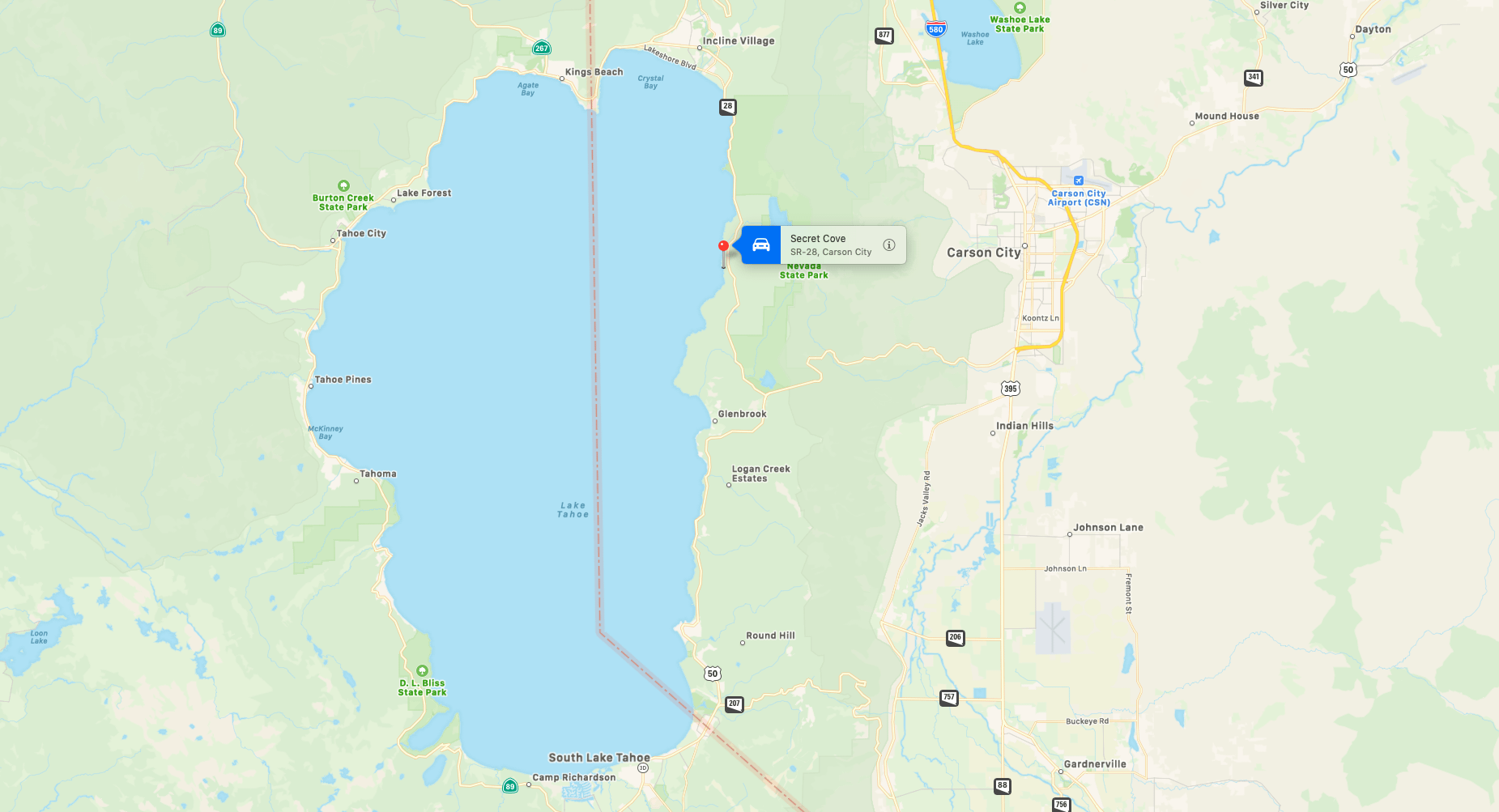
A 17-year-old California boy drowned in Lake Tahoe on Monday afternoon, the Washoe County Sheriff’s Office reports. The boy has been named as Kyle Kawashima of Greenbrae.
Kawashima was on a boat near Secret Cove with a group of 17 and 18-year olds when he accidentally fell overboard while switching seats.
A distress call was made to Douglas County Sheriff’s Office at around 6:20 pm after his friends could not reach him.
“They [DCSO] were able to get them ashore and began life saving measures. But unfortunately were unsuccessful and he died in route to the local hospital in Incline Village.”
– Medical Examiner Operations Manager Justin Norton
The cause of death has been ruled as accidental drowning. The incident is being investigated by the Nevada Department of Wildlife with assistance from the WCSO, including whether the occupnats of the boat were intoxicated. Toxicology reports will confirm in the coming weeks.
These tragic accidents can be easily avoided by always wearing a life jacket when on the water. The law states that only children under 12 must wear life jackets, but sadly this incident shows that they could save lives, whatever the age of the wearer.

Why Cold Water is Dangerous
Sudden Drowning
With very few exceptions, immersion in cold water is immediately life-threatening for anyone not wearing thermal protection like a wetsuit or drysuit.
When cold water makes contact with your skin, cold shock causes an immediate loss of breathing control. The result is a very high risk of suddenly drowning – even if the water is calm and you know how to swim. The danger is even greater if the water is rough. Inability to coordinate your breathing with wave splash greatly increases the danger of inhaling water.
Gradual Drowning
Cold water drowning can happen immediately, but it can also take a fairly long time – a gruesome, drawn-out process in which small amounts of water are inhaled, over and over again, until your lungs become so waterlogged that you suffocate. Inhaling about five ounces (150 ml) of water is enough to cause drowning.
Heart Failure and Stroke
Because skin blood vessels constrict in response to sudden cooling, cold water immersion also causes an instantaneous and massive increase in heart rate and blood pressure. In vulnerable individuals, this greatly increases the danger of heart failure and stroke.
All of these things happen long before hypothermia becomes an issue.
Stages of Immersion
To understand why some cold water deaths happen instantly, while others take hours, you need to be familiar with the four stages of cold water immersion, what happens during each of them, and why it happens.
- Stage 1: Cold Shock
- Stage 2: Physical Incapacitation
- Stage 3: Hypothermia
- Stage 4: Circumrescue Collapse
Cold shock is over in a relatively short period of time, generally within five minutes, however, breathing problems may persist for a longer time while you’re in the water.
If you survive the cold shock phase, the threat shifts to physical incapacitation. It’s quite possible to lose the ability to use your hands in 60 seconds, and use of your arms in minutes.
It takes at least 30 minutes for an average adult to become hypothermic, even in freezing water. A very large person with a lot of body fat can delay both physical incapacitation and hypothermia, sometimes for hours. Size does matter.
The final stage, circumrescue collapse, derives its name from the fact that the collapse can occur before, during, or after rescue.